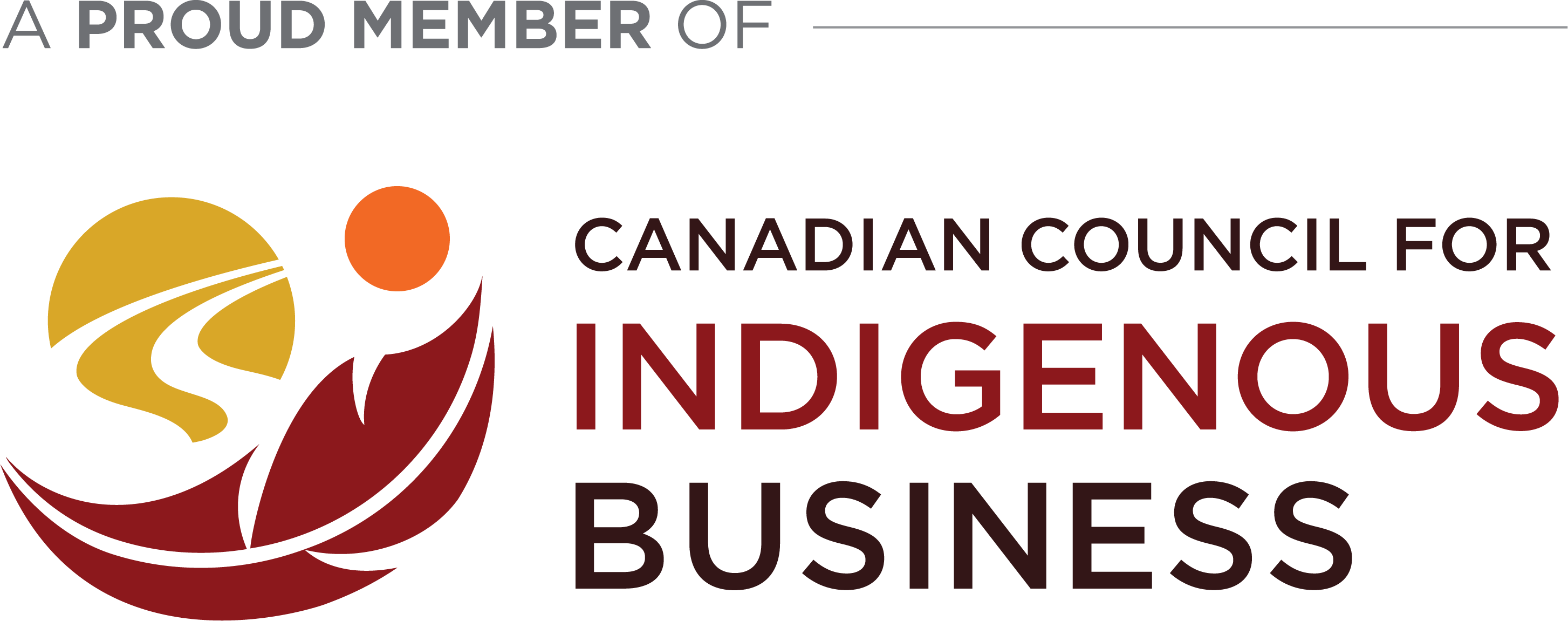Since the launch of the Natural Capital Protocol last year, we have made strides in assembling the necessary tools available to the private sector.
On July 13, 2016, the Natural Capital Coalition (NCC) released the Natural Capital Protocol. This marked a big step forward in the effort to standardize natural capital reporting for the private sector and gave businesses the tools they needed to identify, track, and measure their impacts and dependencies on natural capital in a systematic and credible way. You can read more about the Protocol and why it was an important first step here.
The NCC is also working on sector guides to accompany the Protocol. These guides are being developed to provide context on why natural capital is relevant to the sector, help identify sector-specific impacts and dependencies, and provide practical examples. Two sector guides have already been released: Food and Beverage and Apparel. A Forest Products sector guide and a Finance sector supplement are currently in development. In addition to these guides, the NCC has issued several case studies proving the business value of accounting for natural capital. Check out Dow Chemical’s case study here. These success stories are essential to pushing the natural capital reporting initiative forward.
Since the release of the Protocol, there has been significant interest sparked in Canada:
As part of an intergovernmental initiative, the federal government has been working with provinces and territories to develop the Ecosystem Services Toolkit. The Toolkit is meant to be a technical guide to ecosystem service assessment, providing practical step-by-step advice on how to:
- Determine whether an ecosystem services approach is necessary;
- Complete an ecosystem service assessment;
- Understand results in a meaningful way (and understand what they do not mean); and
- Incorporate findings into decision-making and management processes.
The Toolkit was officially released in February and is available to download for free here. With its release, it has sent a strong signal to the private sector that governments, both federally and provincially, see the value in managing and reporting natural capital that can aid in decision-making in a standardized way.
Another new Canadian initiative, the Natural Capital Lab, focuses on aligning how we account for natural capital in Canada. A partner of the Lab, the Municipal Natural Assets Initiative, focuses on helping municipalities leverage natural capital in their assessment management and long-term financial planning.
In addition, Silvacom, with funding provided by Alberta Innovates, launched an initiative that considers how ecosystem services can be incorporated into the environmental assessment process. This Alberta-based project explores the use of ecosystem services to improve decision-making at all levels. It is also focused on building capacity with proponents and regulators to prove the business case of accounting for natural capital and ecosystem services.
We may still have a long way to go before natural capital reporting and ecosystem service assessments are standard practice, nonetheless, since the launch of the Natural Capital Protocol last year, we have made strides in assembling the necessary tools available to the private sector. Early adopters that recognize the value of incorporating ecosystem services and natural capital into their business processes will potentially have the upper hand on their competition, even more so as natural resources become more and more scarce.
If you are interested in learning more about how Silvacom can help leverage ecosystem services and natural capital to improve your company, contact us today.







